Renovation tub already taking a beating
Samuel Go lightly
14 days ago
Related Stories
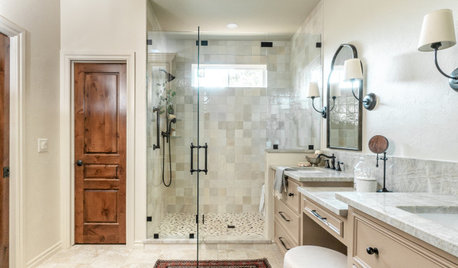
BATHROOM MAKEOVERSBefore and After: 3 Bathrooms Lighten Up and Lose the Tub
See how removing bathtubs allowed designers to add larger showers and a more open feel to these renovated bathrooms
Full Story
INSIDE HOUZZHow Much Does a Remodel Cost, and How Long Does It Take?
The 2016 Houzz & Home survey asked 120,000 Houzzers about their renovation projects. Here’s what they said
Full Story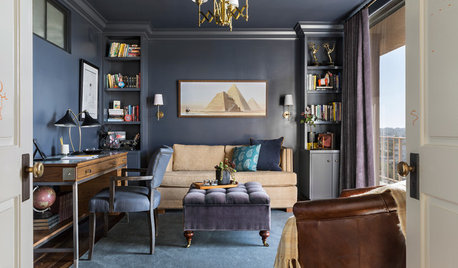
YOUR FIRST HOUSE10 Things to Consider When Renovating a Condo
Take these steps to ensure that your project runs smoothly and you get the most for your money
Full Story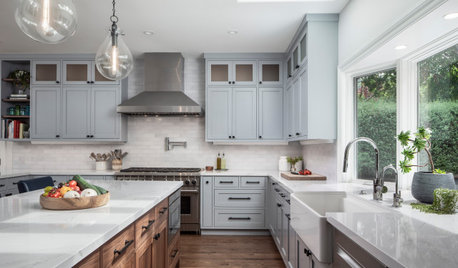
WORKING WITH PROSHow to Find Your Renovation Team
Take the first steps toward making your remodeling dreams a reality with this guide
Full Story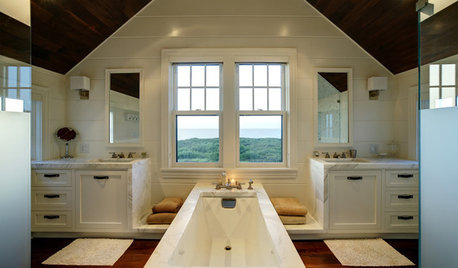
BATHROOM DESIGNCenter Bathtubs Take Top Billing
Whether you're going for drama or just a clear footpath, setting your tub in the middle of your bathroom can be just the ticket
Full Story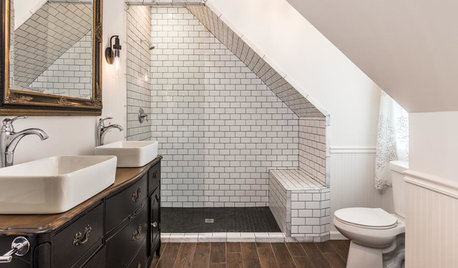
ROOM OF THE DAYRoom of the Day: Handsome Take on Shabby Chic in the Bath
A repurposed antique dresser, a claw-foot tub and dark accents add vintage appeal to this updated bath
Full Story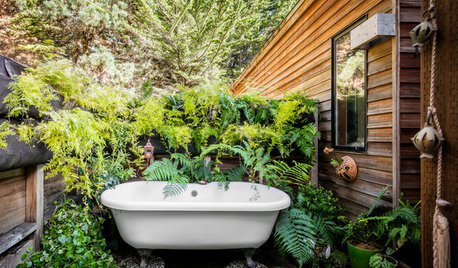
BATHTUBSWould You Take a Soak in an Outdoor Bathtub?
An outdoor shower is refreshing, but an outdoor tub can be bliss. Would you strip down for a soak alfresco?
Full Story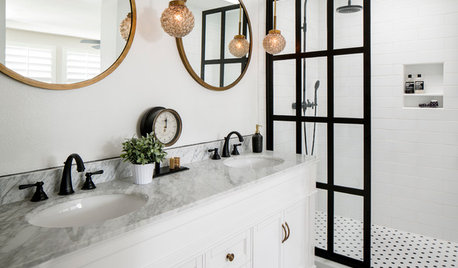
BEFORE AND AFTERSBefore and After: 6 Bathrooms That Said Goodbye to the Tub
Sleek showers replaced tub-shower combos in these bathroom remodels. Could this be an option for you?
Full Story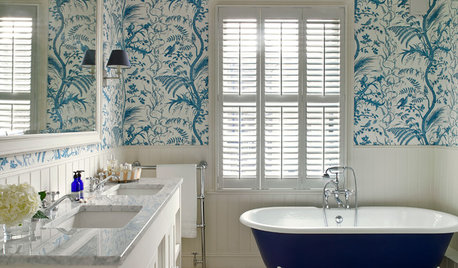
BATHTUBS10 Times When Painting a Claw-Foot Tub Refreshed a Bathroom
See how designers and homeowners use colorful paint to give tubs and bathrooms a fresh look
Full Story
BATHROOM DESIGNConvert Your Tub Space Into a Shower — the Tiling and Grouting Phase
Step 3 in swapping your tub for a sleek new shower: Pick the right tile and test it out, then choose your grout color and type
Full StorySponsored
Central Ohio's Trusted Home Remodeler Specializing in Kitchens & Baths
More Discussions









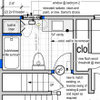
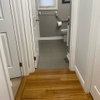
dani_m08
chispa
Related Professionals
Hybla Valley Kitchen & Bathroom Designers · Saratoga Springs Kitchen & Bathroom Designers · Covington Kitchen & Bathroom Designers · Deerfield Beach Kitchen & Bathroom Remodelers · Elk Grove Kitchen & Bathroom Remodelers · Lomita Kitchen & Bathroom Remodelers · Vista Kitchen & Bathroom Remodelers · Denver Glass & Shower Door Dealers · Fort Myers Glass & Shower Door Dealers · Alton Cabinets & Cabinetry · Newcastle Cabinets & Cabinetry · Palisades Park Cabinets & Cabinetry · Tinton Falls Cabinets & Cabinetry · Mesa Window Treatments · Winter Garden Window Treatments